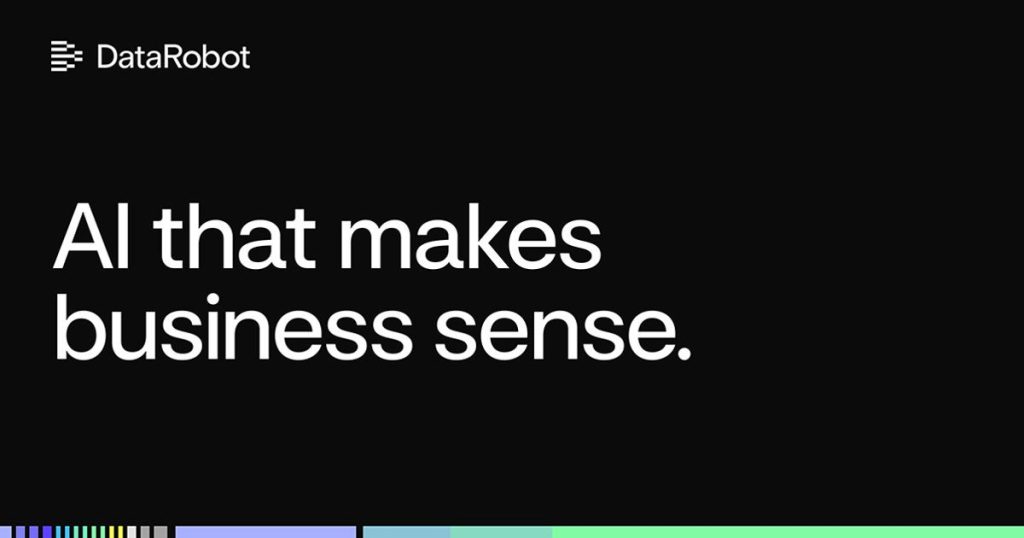TL;DR:
Fragmented AI tools are draining budgets, slowing adoption, and frustrating teams. To control costs and accelerate ROI, AI leaders need interoperable solutions that reduce tool sprawl and streamline workflows.
AI investment is under a microscope in 2025. Leaders aren’t just asked to prove AI’s value — they’re being asked why, after significant investments, their teams still struggle to deliver results.
1-in-4 teams report difficulty implementing AI tools, and nearly 30% cite integration and workflow inefficiencies as their top frustration, according to our Unmet AI Needs report.
The culprit? A disconnected AI ecosystem. When teams spend more time wrestling with disconnected tools than delivering outcomes, AI leaders risk ballooning costs, stalled ROI, and high talent turnover.
AI practitioners spend more time maintaining tools than solving business problems. The biggest blockers? Manual pipelines, tool fragmentation, and connectivity roadblocks.
Imagine if cooking a single dish required using a different stove every single time. Now envision running a restaurant under those conditions. Scaling would be impossible.
Similarly, AI practitioners are bogged down by the time-consuming, brittle pipelines, leaving less time to advance and deliver AI solutions.
AI integration must accommodate diverse working styles, whether code-first in notebooks, GUI-driven, or a hybrid approach. It must also bridge gaps between teams, such as data science and DevOps, where each group relies on different toolsets. When these workflows remain siloed, collaboration slows, and deployment bottlenecks emerge.
Scalable AI also demands deployment flexibility such as JAR files, scoring code, APIs or embedded applications. Without an infrastructure that streamlines these workflows, AI leaders risk stalled innovation, rising inefficiencies, and unrealized AI potential.
How integration gaps drain AI budgets and resources
Interoperability hurdles don’t just slow down teams – they create significant cost implications.
The top workflow restrictions AI practitioners face:
Manual pipelines. Tedious setup and maintenance pull AI, engineering, DevOps, and IT teams away from innovation and new AI deployments.
Tool and infrastructure fragmentation. Disconnected environments create bottlenecks and inference latency, forcing teams into endless troubleshooting instead of scaling AI.
Orchestration complexities. Manual provisioning of compute resources — configuring servers, DevOps settings, and adjusting as usage scales — is not only time-consuming but nearly impossible to optimize manually. This leads to performance limitations, wasted effort, and underutilized compute, ultimately preventing AI from scaling effectively.
Difficult updates. Fragile pipelines and tool silos make integrating new technologies slow, complex, and unreliable.
The long-term cost? Heavy infrastructure management overhead that eats into ROI.
More budget goes toward the overhead costs of manual patchwork solutions instead of delivering results.
Over time, these process breakdowns lock organizations into outdated infrastructure, frustrate AI teams, and stall business impact.
Code-first developers prefer customization, but technology misalignment makes it harder to work efficiently.
42% of developers say customization improves AI workflows.
Only 1-in-3 say their AI tools are easy to use.
This disconnect forces teams to choose between flexibility and usability, leading to misalignments that slow AI development and complicate workflows. But these inefficiencies don’t stop with developers. AI integration issues have a much broader impact on the business.
The true cost of integration bottlenecks
Disjointed AI tools and systems don’t just impact budgets; they create ripple effects that impact team stability and operations.
The human cost. With an average tenure of just 11 months, data scientists often leave before organizations can fully benefit from their expertise. Frustrating workflows and disconnected tools contribute to high turnover.
Lost collaboration opportunities. Only 26% of AI practitioners feel confident relying on their own expertise, making cross-functional collaboration essential for knowledge-sharing and retention.
Siloed infrastructure slows AI adoption. Leaders often turn to hyperscalers for cost savings, but these solutions don’t always integrate easily with tools, adding backend friction for AI teams.
Generative AI and agentic are adding more complexity
With 90% of respondents expecting generative AI and predictive AI to converge, AI teams must balance user needs with technical feasibility.
As King’s Hawaiian CDAO Ray Fager explains:
“Using generative AI in tandem with predictive AI has really helped us build trust. Business users ‘get’ generative AI since they can easily interact with it. When they have a GenAI app that helps them interact with predictive AI, it’s much easier to build a shared understanding.”
With an increasing demand for generative and agentic AI, practitioners face mounting compute, scalability, and operational challenges. Many organizations are layering new generative AI tools on top of their existing technology stack without a clear integration and orchestration strategy.
The addition of generative and agentic AI, without the foundation to efficiently allocate these complex workloads across all available compute resources, increases operational strain and makes AI even harder to scale.
Four steps to simplify AI infrastructure and cut costs
Streamlining AI operations doesn’t have to be overwhelming. Here are actionable steps AI leaders can take to optimize operations and empower their teams:
Step 1: Assess tool flexibility and adaptability
Agentic AI requires modular, interoperable tools that support frictionless upgrades and integrations. As requirements evolve, AI workflows should remain flexible, not constrained by vendor lock-in or rigid tools and architectures.
Two important questions to ask are:
Can AI teams easily connect, manage, and interchange tools such as LLMs, vector databases, or orchestration and security layers without downtime or major reengineering?
Do our AI tools scale across various environments (on-prem, cloud, hybrid), or are they locked into specific vendors and rigid infrastructure?
Step 2: Leverage a hybrid interface
53% of practitioners prefer a hybrid AI interface that blends the flexibility of coding with the accessibility of GUI-based tools. As one data science lead explained, “GUI is critical for explainability, especially for building trust between technical and non-technical stakeholders.”
Step 3: Streamline workflows with AI platforms
Consolidating tools into a unified platform reduces manual pipeline stitching, eliminates blockers, and improves scalability. A platform approach also optimizes AI workflow orchestration by leveraging the best available compute resources, minimizing infrastructure overhead while ensuring low-latency, high-performance AI solutions.
Step 4: Foster cross-functional collaboration
When IT, data science, and business teams align early, they can identify workflow barriers before they become implementation roadblocks. Using unified tools and shared systems reduces redundancy, automates processes, and accelerates AI adoption.
Set the stage for future AI innovation
The Unmet AI Needs survey makes one thing clear: AI leaders must prioritize adaptable, interoperable tools — or risk falling behind.
Rigid, siloed systems not only slows innovation and delays ROI, it also prevents organizations from responding to fast-moving advancements in AI and enterprise technology.
With 77% of organizations already experimenting with generative and predictive AI, unresolved integration challenges will only become more costly over time.
Leaders who address tool sprawl and infrastructure inefficiencies now will lower operational costs, optimize resources, and see stronger long-term AI returns
Get the full DataRobot Unmet AI Needs report to learn how top AI teams are overcoming implementation hurdles and optimizing their AI investments.
About the author

May Masoud is a data scientist, AI advocate, and thought leader trained in classical Statistics and modern Machine Learning. At DataRobot she designs market strategy for the DataRobot AI Governance product, helping global organizations derive measurable return on AI investments while maintaining enterprise governance and ethics.
May developed her technical foundation through degrees in Statistics and Economics, followed by a Master of Business Analytics from the Schulich School of Business. This cocktail of technical and business expertise has shaped May as an AI practitioner and a thought leader. May delivers Ethical AI and Democratizing AI keynotes and workshops for business and academic communities.

Kateryna Bozhenko is a Product Manager for AI Production at DataRobot, with a broad experience in building AI solutions. With degrees in International Business and Healthcare Administration, she is passionated in helping users to make AI models work effectively to maximize ROI and experience true magic of innovation.

